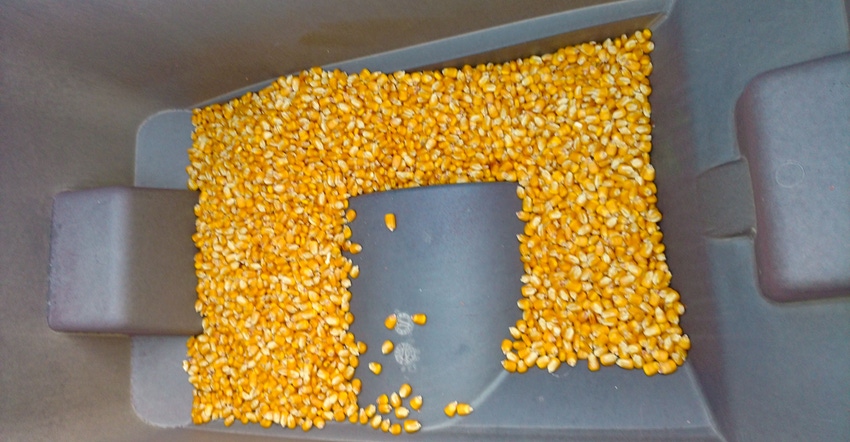February 25, 2019

I’m sure the title caught your attention! The concept of planting naked seed — seed with no treatments applied — is catching on. Why? Because farmers who have increased the biological life in their soils may no longer need that protection.
This is due to a healthier and more balanced environment where natural predators are now bringing the pests under control instead of the insecticides. Soil-borne diseases seem to be mitigated as well.
The problem
Neonicotinoids, or neonics for short, are the classification for most all insecticides applied to seeds for the past decade or so. They are convenient and effective in killing targeted insects and are relatively inexpensive. But are they more of an insurance policy and not needed in all cases?
Neonics are everywhere. Practically 100% of corn has treatments applied and over 50% of soybeans. They are banned in Europe and can only be used on 20% of a farm’s planted acres in Ontario, Canada.
The premise
There are the reasons why planting naked seed is catching on. For one thing, it seems to be working. Another reason is that neonicotinoids are under scrutiny for negatively affecting many friendly insects, and some have pointed a finger at neonics for the decline in bees and pollinators. What we do know is that there is indeed a nontarget secondary kill that has led to decreased beneficial insects and possibly more slugs.
How does this work?
Let’s talk about those pesky slugs. As a neonic-laced seed germinates and grows, the young leaves are eaten by a slug, which are unaffected by the poison since they are not insects. Along comes our friendly carabid beetle that eats the slug, which happens to be one of its favorite foods. The carabid beetle dies because of the neonic in the slug.
The end result is the slugs now have no enemies and they proliferate from the unintended neonic kill. Other insects can be affected, too.
Where is the science?
Penn State’s John Tooker has been researching this issue for six years. I was involved as one of several farmers looking at the effect planting naked seed had on beneficial insects in the context of seeding into a green cover crop. After three years we did not see yield differences, but we did see an increase in beneficial insects. Slug numbers were down in corn but were not much different in soybeans.
On a broader scale, veteran cover crop and no-till farmers around the nation and in Europe are experiencing similar results.
Caution
This concept is only for fields that have a history of soil health practices like cover cropping, no-till and crop rotation. Or, to put it another way, the secret of success is to maintain living roots growing year-round, keeping the soil covered and planting a diversity of species, both cash crops and cover crops. This encourages the beneficial critters and keeps pests in check.
Is there risk?
Yes, there is risk by not using a seed treatment. I no longer use seed treatments and still scout my corn fields every couple of days just to make sure pests are not eating my crop. You need to be a diligent observer.
Currently, only smaller regional seed companies will accommodate naked seed. You need to talk to them months in advance to keep them from treating your favorite hybrid.
Start with your most biologically active fields first — the ones that have the most cover crops and the least tillage. Plant your naked seed in later plantings to limit risk. Finally, plant into a green cover crop as this will provide a nice home for the beneficial insects to do their job of controlling the pests.
The coach’s closer
Although planting naked seed may seem risky, with proper management you will earn the right to benefit from lower costs and a healthier ecosystem on your farm.
Groff is a cover crop pioneer and innovator who farms in the Chesapeake Bay Watershed. Check out his website, covercropcoaching.com.
About the Author(s)
You May Also Like




